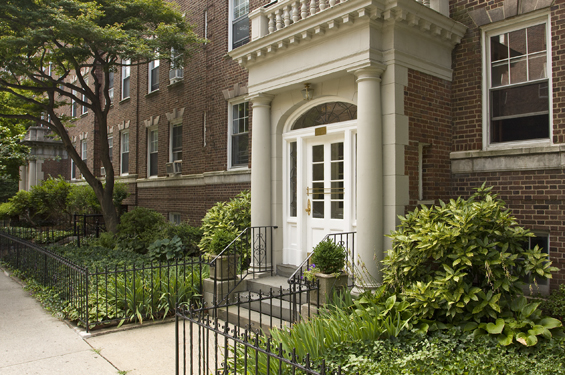
Dec. 1, 2016 By Hannah Wulkan
Nearly 60 percent of Jackson Heights households lack emergency funds while more than half struggle to pay their rent each month, according to a recent study.
The Association for Neighborhood and Housing Development recently released a detailed study of the economic well being that residents in different parts of city face. The study is broken down by neighborhoods.
The study concluded that 60 percent of Jackson Heights residents are rent-burdened, or pay more than 30 percent of their income towards rent.
The study also revealed that 59 percent of residents have inadequate emergency savings, meaning they could not cover three months of rent and living expenses out of their savings.
“Without sufficient emergency savings that cover at least three months’ worth of household expenses, families are at risk of eviction, foreclosure, and damaged credit,” the study points out.
The report compiled data from several censuses and city databases to analyze 20 different economic factors—from health insurance coverage to high school graduation rate–relevant to residents of each neighborhood. It then ranked the economic well being of residents based on each factor and put together a chart (see chart below).
“This chart helps residents, community groups, and officials learn about what’s happening in their neighborhoods, build power with other neighborhoods across the city to mobilize for change and get resources, and make informed decisions about equitable development in their local economy,” according to the authors behind the study.
Several categories are pointed out as “high risk” in the study.
The study shows that 22 percent of residents are without health insurance, and 32 percent of residents are employed in the service sector. It also shows that 31 percent of households speak limited English, which can make it difficult to communicate and get higher paying jobs.
Despite the high-risk statistics, the chart also shows that Jackson Heights has a low unemployment rate of five percent, which is one of the lowest in Queens, and in the top quartile of the city as a whole.
The study shows that Jackson Heights is not doing as well as some of the other neighborhoods in Western Queens.
Forty nine percent of Astoria residents and 57 percent of Sunnyside/Woodside residents are rent burdened, compared to 60 percent in Jackson Heights.
Only 68 percent of Jackson Heights residents have a high school diploma or better, compared to 77 percent in Sunnyside and Woodside and 83 percent in Astoria.
The study calculates an overall score for economic opportunity in each neighborhood, with the best score at 24 and the worst at 76.
Jackson Heights scored 53, putting it solidly in the middle two quartiles, which the chart labels as “moderate risk.” The Bronx and Brooklyn both had quite a few areas that were scored as high-risk, or in the lowest quartile, while Manhattan had the most areas scored as low-risk, or in the top quartile.
Economic Well Being by Queens Post on Scribd






